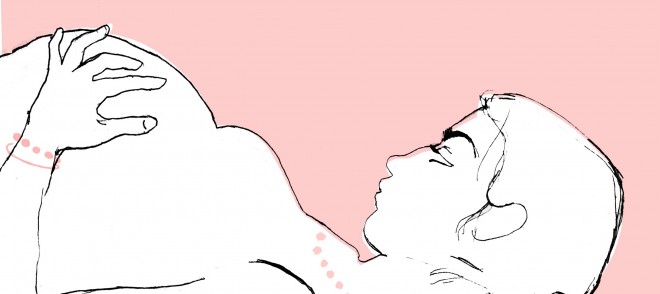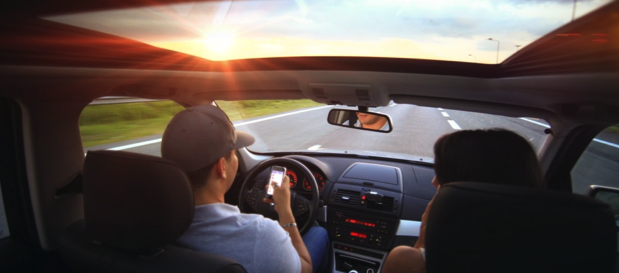![]()
Blossoming into Spring: March News!
March is here, bringing longer days and the promise of spring! The weather is improving, and we’re looking forward to brighter times ahead.
Starting in April, there will be a small adjustment to our treatment prices. Adult treatments will be £43, and children's treatments will be £38. We’ve made this adjustment to keep up with rising costs while maintaining the quality of our services. We appreciate your understanding and support.
We are currently looking for a cleaner to join our team for 9 hours a week. Working hours are from 6am to 9am on Monday, Wednesday, and Friday. The pay is £11.44 per hour, increasing to £12.21 per hour in April 2025. If you or someone you know is interested, please contact Sophie through email with a copy of your reference. Sophie.Merritt-Drew@beestonchiropractic.co.uk
Sophie will be taking a well-earned holiday in March. We hope she has a wonderful break and returns feeling refreshed. Alex, passionate about working with children, recently attended a seminar on toddler care, hosted by her friend and colleague, Katie Holton. She’s always eager to expand her knowledge to provide the best possible care. Erin had a good time visiting family and friends in Malaysia.
A quick reminder again that Andrea has now retired, but our team of chiropractors remains dedicated to looking after you. If you have any questions or need to book an appointment, feel free to give us a call.
Also, don’t forget to collect your old X-rays! Give us a call or ask the receptionists the next time you visit.
Thank you for being part of our community. We look forward to seeing you soon!

Prevent the Pain in Parenthood
One of the most likely times women will get back pain is during pregnancy and for men and women it is when there is an infant in the house needing to be picked up and carried. Both these times are paradoxically when you would like your back to be functioning at it’s best.
Caring for an infant puts stress on your back. Initially, you may be lifting the 7 to 10 pound baby up to 20-30 times a day. By the time the child is a year old, you are lifting and carrying around 17 pounds. Two years later, you will be lifting a 25 to 30 pound child.
Here are some ways that new mothers and fathers can help reduce their risk of injury and back pain.
Safe lifting, the basics: Stand with your feet at least a foot apart, this will give you a stable base of support. Keep your back as straight as possible and bend your knees. Do not stretch your arms out straight to pick up the baby. Bring the baby close to your chest before lifting.
Lift using both arms and your thigh muscles, which are amongst the largest and strongest muscles in the body. To pick up a child from the floor, bend at your knees-not at your waist. Squat down, tighten your stomach muscles and lift with your legs. When carrying and moving a child, pivot with your feet until you are facing your destination then lower the child into the crib or onto the floor by bending at the knees, with a straight back.
Carrying: Hold your child in an upright position, directly against your chest. Carrying a child on one hip creates postural imbalances that can lead to low back pain over time. Consider using a ‘front pack’ to carry the baby when you are walking.
Exercise for women: Begin exercising again soon after delivery to restore muscle tone to the abdominal and back muscles. While the baby is napping, take 10 minutes to do stretching exercises on the floor each day. This will help restore hip and back flexibility. Try to return to your normal weight within six weeks after giving birth. If you had a Caesarean-section (C-section) delivery, wait six weeks or until you get the permission of your obstetrician before you begin exercising.
Breast feeding: To avoid upper back pain from breastfeeding, bring the baby to your breast, rather than bending over the baby. While you are nursing, sit in an upright chair rather than a soft couch.

Take care of your posture while driving
You might love going on road trips but be aware that you may be setting yourself up for future spinal problems.
With back pain being the number 2 reason why we visit our GPs and costing the NHS £1.3Million per day, it is not surprising to see that over 60% of drivers in this survey agreed with the statement ‘my car seat can make my back ache worse after a long trip’ and maybe more importantly, over 40% of drivers said that the car seat was the main cause of their backache.
According to a recent survey commissioned by AutoExpress magazine, a poor seating position in your car can lead to both back in neck problems while a slouched position can also compromise your safety.
Local Chiropractor from in explains; “a slouched position can alter the way you wear the seat belt, reducing its effectiveness while an uncomfortable car seat can also lead to driver distraction and loss of concentration.”
So how should your car seat be set up to protect your back and neck?
Top tips:
1. “Make sure that your car seat is not too far away from the pedals. When you fully depress the clutch your legs should remain slightly bent.”
2. “Make sure that your backrest is not tilted back too far. Your elbows should be slightly bent when you position your hands correctly on the steering wheel in the ‘10 to 2 position’.”
3. “Make sure that you increase the lumbar support as much as possible to support the natural arch in your back to avoid slouching. If you do not have a lumbar support built-in, you can use a portable, dedicated lumbar support cushion or roll up a towel and put it behind your back.”
4. “Make sure that the top of your headrest is above the top of your ears. If it is too low it can increase the risk of neck injuries in case of an accident.”
5. “Now, stretch yourself up and make your spine as tall as possible sitting in an ideal posture. Set the rearview mirror so you can just about see the traffic behind you. This will help to correct your posture every time you look in your rearview mirror, because if you slouch you will not be able to use the rearview mirror.”
6. “Make sure that your seatbelt is correctly positioned. If possible, adjust the height so it is not sitting on your neck and according to the Royal Society for Prevention of Accidents (RoSPA), the belt should be worn as tight as possible, with no slack and the lap belt should go over the pelvic region, not the stomach.”
7. “Why not call in to the clinic and speak to a chiropractor if you are concerned about your spinal health and get your car seat checked as part of our service.”

How Mindfulness Can Help With Chronic Pain
Whether you have a deadline to meet, an appointment to book, or simply remember to pick up bread on the way home, we are all guilty of succumbing to the pressures of a never-ending to-do list.
Our fast-paced and demanding lifestyles mean we tend to put the majority of our thoughts to the back of our minds. However, when we are not able to recognise the relevance or influence of individual thoughts they can filter into the physical body as muscle tension or inflammation, which is why I recommend the practice of mindfulness.
Mindfulness is the practice of becoming aware of yourself in the present moment, enabling you to identify how you feel inside and out. With this mind-body approach, you can clear your mind of negativity and unnecessary strains and ultimately, help against physical aches and pains.
It allows you to understand your pain and teaches you how to let go of any anxiety associated with it, as these thoughts can contribute to increased tension, forming a vicious cycle of increasing pain.
As well as stress and chronic pain, mindfulness can help combat anxiety, sleep, and eating disorders. Mindfulness increases positivity and energy levels which encourage healthier life decisions, improving your overall sense of wellbeing. So not only are you likely to make better food choices but you should be able to finally relax when it comes to getting a good night’s sleep too.
I recommend you simply take 10 minutes out of your day to practice mindfulness, by working on five basic tips.
- Sit comfortably and relax
- Focus on your breath
- From your head to toes, bring awareness to each body part
- Identify any sounds or smells and let them pass
- Acknowledge and accept how you feel emotionally



